Aging Population
The aging population is another critical driver for the Anti Blue Ray Myopia Lenses Market. As individuals age, they often experience a decline in visual acuity, which can be exacerbated by blue light exposure. This demographic shift is prompting a greater need for specialized eyewear that addresses both myopia and the effects of blue light. Market statistics indicate that the proportion of individuals aged 65 and older is projected to increase significantly, leading to a corresponding rise in demand for corrective lenses. As older consumers become more aware of the importance of protecting their eyes from harmful light, the market for anti blue ray myopia lenses is likely to expand, reflecting the changing needs of this demographic.
Rising Health Concerns
The increasing prevalence of myopia, particularly among younger populations, has led to heightened awareness regarding eye health. This trend appears to be a significant driver for the Anti Blue Ray Myopia Lenses Market. Reports indicate that myopia affects nearly 30% of the population in various regions, with projections suggesting that this figure could rise to 50% by 2050. As consumers become more conscious of the potential long-term effects of blue light exposure from digital devices, the demand for specialized lenses that mitigate these risks is likely to grow. Consequently, manufacturers are focusing on developing innovative lens technologies that cater to this rising health concern, thereby propelling the Anti Blue Ray Myopia Lenses Market forward.
Technological Innovations
Advancements in lens technology are playing a pivotal role in shaping the Anti Blue Ray Myopia Lenses Market. Innovations such as anti-reflective coatings and blue light filtering capabilities are becoming increasingly prevalent. These technologies not only enhance visual comfort but also protect against potential eye strain associated with prolonged screen time. Market data suggests that the integration of these features into eyewear is expected to drive a substantial increase in sales, with estimates indicating a growth rate of approximately 8% annually. As consumers seek out lenses that offer both corrective and protective benefits, the demand for technologically advanced anti blue ray myopia lenses is likely to surge, further energizing the market.
Surge in Digital Device Usage
The ubiquitous presence of digital devices in daily life has led to a marked increase in screen time, which is a contributing factor to the rise in myopia cases. The Anti Blue Ray Myopia Lenses Market is experiencing growth as consumers seek solutions to counteract the adverse effects of prolonged exposure to screens. Data indicates that individuals spend an average of 7 hours per day on digital devices, which correlates with the increasing incidence of eye-related issues. This trend suggests a growing market for lenses designed to filter blue light and reduce eye strain. As awareness of these issues continues to spread, the demand for anti blue ray myopia lenses is expected to expand significantly.
Consumer Education and Awareness
There is a noticeable increase in consumer education regarding the effects of blue light on eye health, which is influencing the Anti Blue Ray Myopia Lenses Market. As more information becomes available through various channels, including social media and health campaigns, consumers are becoming more informed about the potential risks associated with blue light exposure. This heightened awareness is likely to drive demand for protective eyewear, as individuals seek to safeguard their vision. Market analysts suggest that this trend could lead to a significant uptick in sales of anti blue ray myopia lenses, as consumers prioritize eye health in their purchasing decisions. The ongoing education efforts are expected to play a crucial role in shaping market dynamics.


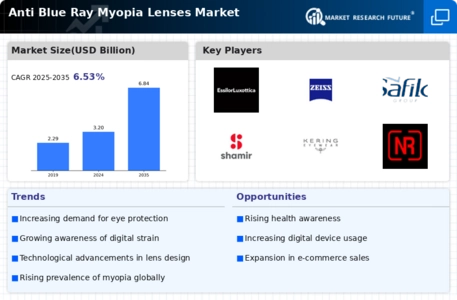
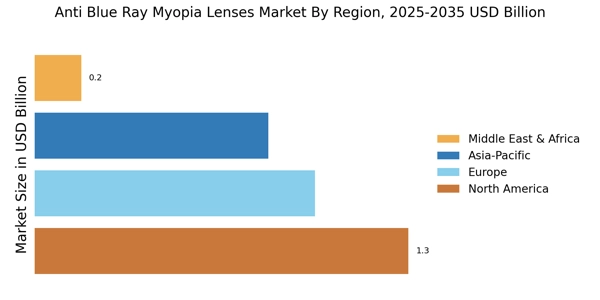
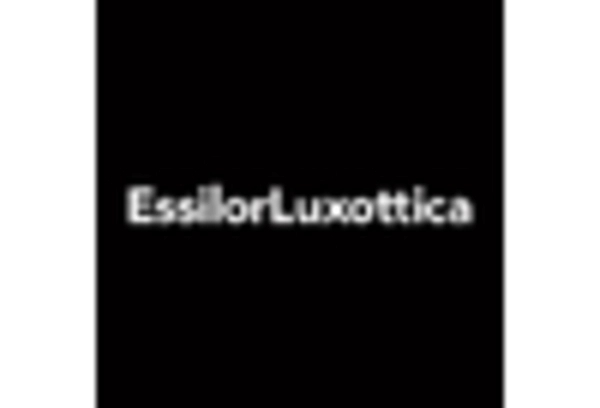
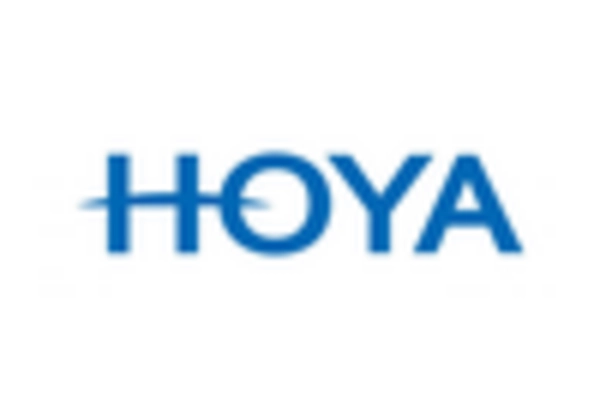
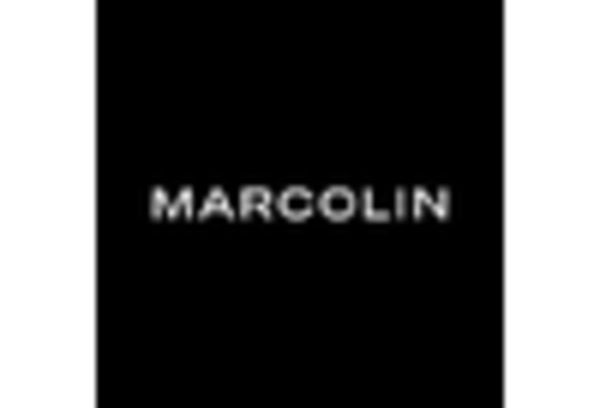
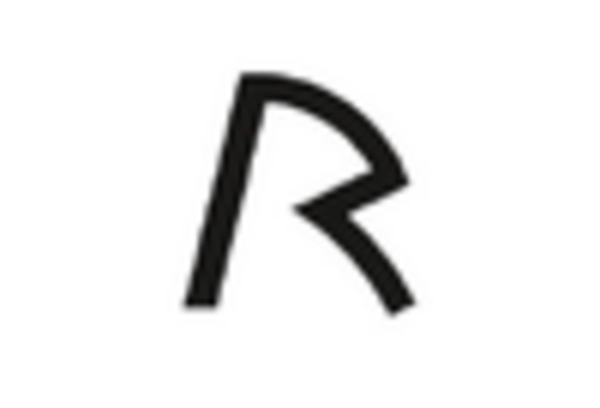
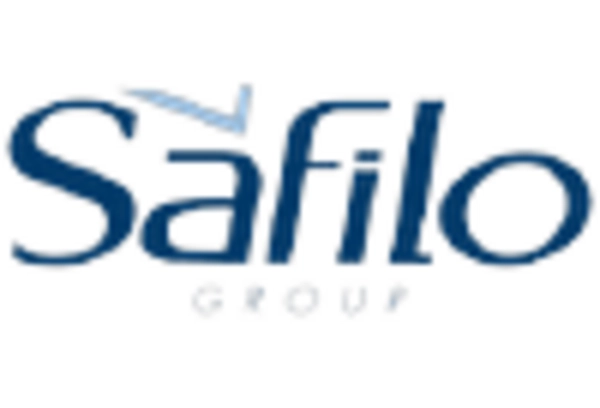
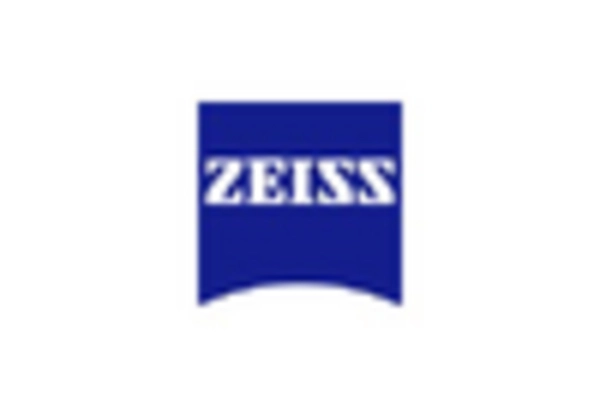








Leave a Comment